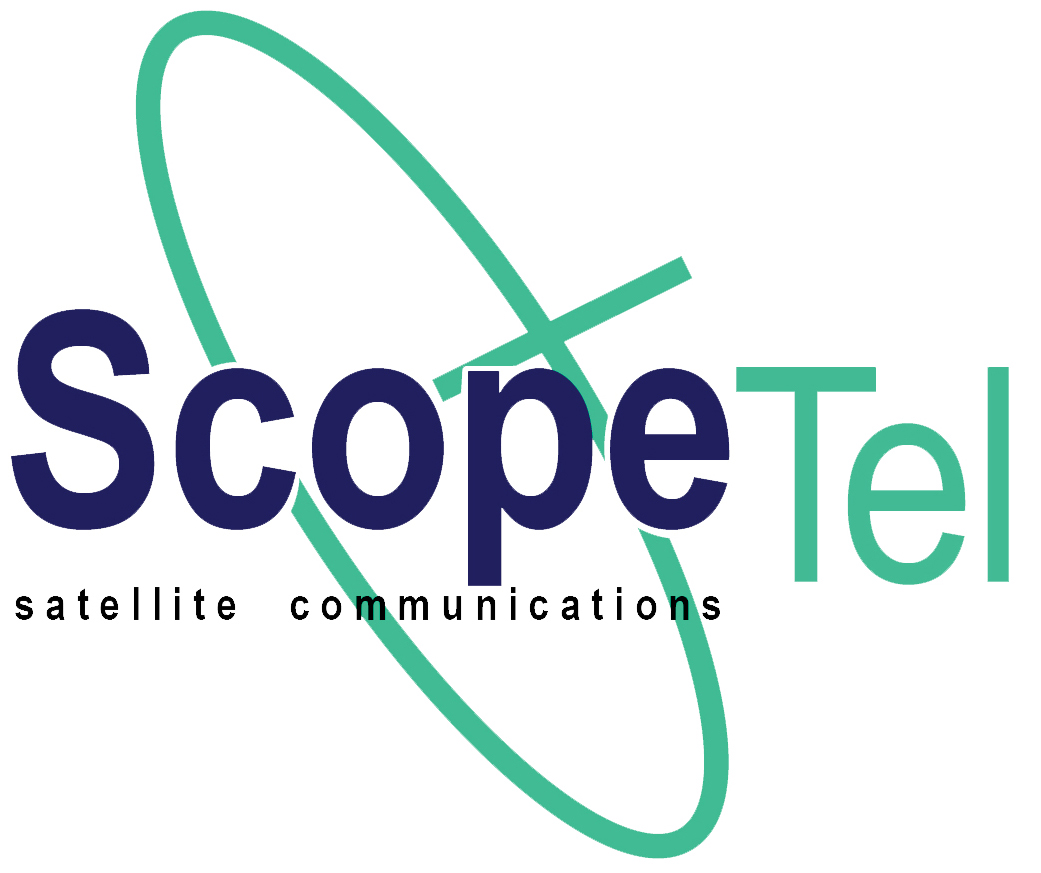Internet Trunking
When the World Wide Web emerged for widespread public use in the early 1990s, it transmitted data text, photos and more via phone lines. You used a modem attached to a computer, dialed a local "access number," and then you were free to surf the Internet. You may have had to pay an Internet service provider, but the transmission method was basically just a phone call. In the years following, Internet access via DSL and cable lines made the fast transmission of large amounts of data possible, meaning the Internet had huge data capacity. In short, we're now using the Internet to make phone calls, where we used to use phone calls to get on the Internet. This technology is called Voice over Internet Protocol technology, or VoIP. Simply put, voices are transmitted as data via the Internet. An extension of VoIP is called IP trunking, in which multiple users with the same Internet connection -- several workers in the same office for example -- use VoIP to send and receive data, both Internet and voice. VoIP and IP trunking is big business. It's a new communications framework, slowly replacing the old phone company infrastructure.

- We are sorry. This Site is Under Construction
- 2
- 3
- 4
- 5
- 6
- We are sorry. This Site is Under Construction
- 2
- 3
- 4
- 5
